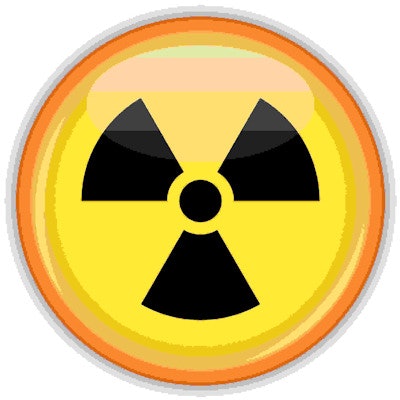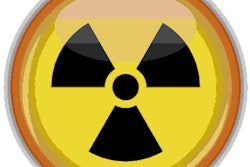
Are devices such as aprons and thyroid or gonad shields needed to protect patients from imaging-related radiation? A new report from the British Institute of Radiology (BIR) and several U.K. radiological organizations concluded that these approaches are no longer necessary.
The authors used evidence-based guidance to determine that contact shielding for patients is no longer needed for x-rays, CT scans, and interventional radiology procedures. Instead, the BIR and fellow contributors found that other approaches such as education and training, good radiographic technique, and the use of technology are more effective in minimizing radiation exposure.
"This guidance offers clarity to both patients and professionals and hopefully will lead to a consistent approach in the future, as this provides scientific evidence for change," said Peter Hiles, chair of the BIR radiation safety group, in a statement. "However, it will require a major cultural change in outlook regarding radiation safety and practice in this area."
One reason for the update is the fact that imaging devices today require considerably less radiation to produce diagnostic-quality images. When the use of protective aprons or shields for patients was first introduced, radiologic equipment emitted more radiation, and it was thought that shielding would benefit patients. However, contact shielding can sometimes obscure regions of interest.
Along with the BIR, the following groups contributed to the revised guidance:
- Institute of Physics and Engineering in Medicine
- Public Health England
- Royal College of Radiologists
- Society and College of Radiographers
- Society for Radiological Protection



















